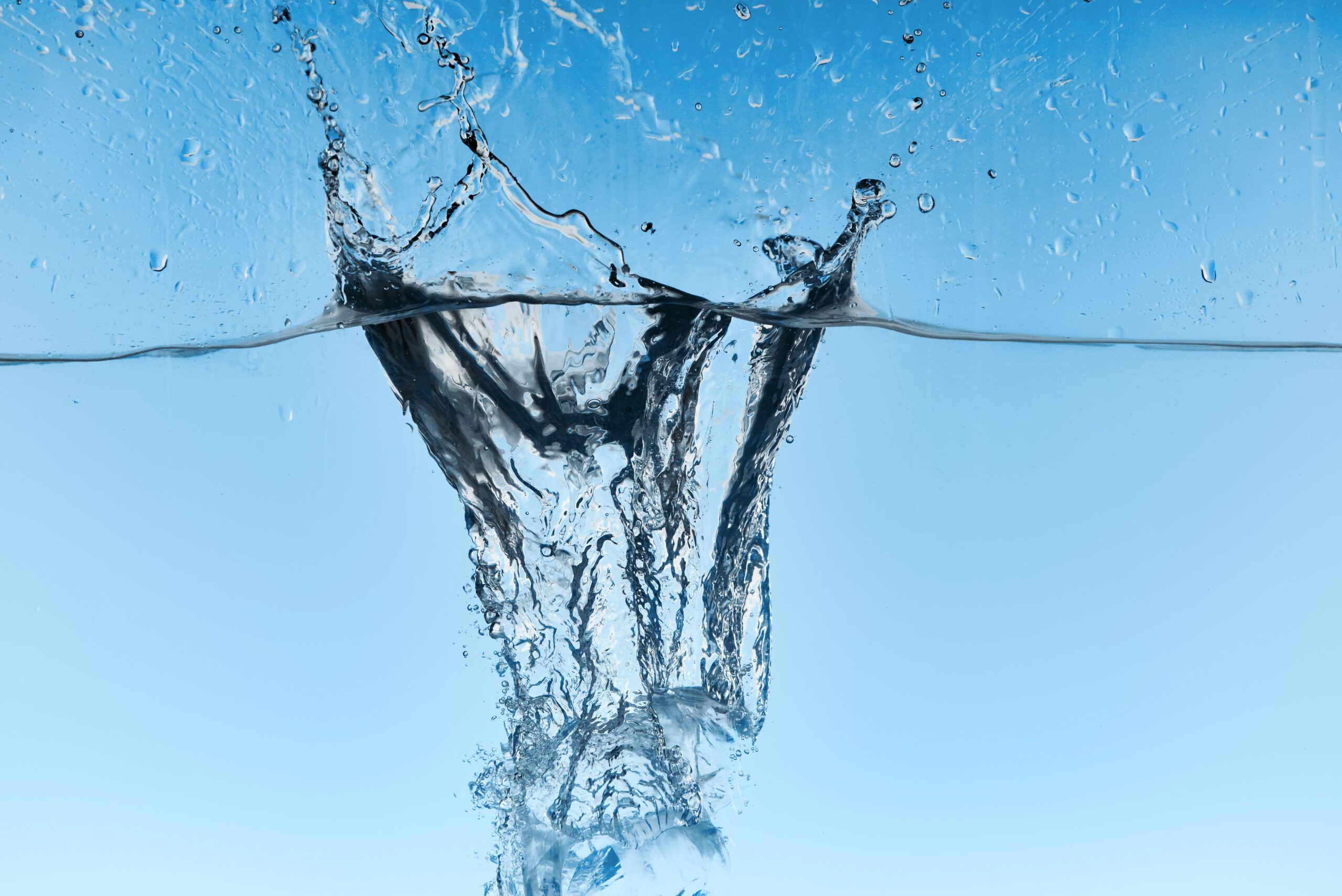Technology
Removing & Prevention
Biomineralized Calcium Bicarbonate
BiCARBUS Activation treatment is a formulation of “Advanced Activation Technique (infused resonant frequency) implanted into dissociated HOCl (hypochlorous acid) solution” (Activation), when added to public water in low amounts, blocks all microbes’ ability to form calcium bicarbonate scale. Microbes can defend against all forms of oxidation lingering to become unoxidized and virulent.
Consequently, ACTIVATION functions as an improvement to sanitization by (a) halting the biomineralization process, and (b) delivering a frequency enhanced dissociated HOCl that remains effective downstream at ambient pH.
Breakthrough Features of ACTIVATION™
▪ is not a salt; no inorganic residues are left behind after water evaporates.
▪ is used at sub-ppm levels provided at neutral pH, does not cause significant corrosion while remaining effective at higher pH ranges (7.2–8.7).
Is Not a Food
▪ ACTIVATION does not contain significant amounts of sodium, potassium, calcium, magnesium, carbon, nitrogen or phosphorous, and therefore does not present a source of nutrition to microbes.
▪ Alkaline cleaners contain carbonates (carbon source) and phosphates (phosphorus source), so their relatively Insoluble residues provide harborage for microbial colonization.
▪ Carbonates and phosphates also react with calcium and magnesium in the water supply to form scale and deposits on surfaces.
▪ By contrast, the hypochlorous acid in ACTIVATION is toxic to microbes and provides no required elements for nutrition. NEAR-NEUTRAL pH
▪ For each 1.0 pH unit the water pH exceeds pKa, the amount of undissociated HOCl drops by a factor of 10.
▪ Simply put, 0.2 ppm ACTIVATION in pH = 7.5 water has a similar amount of HOCl to that present in 20,000 ppm of typical bleach solution, while the frequency inhibits microbial community activity (biomineralization).
▪ Advanced Activation Technique frequency exposes bacteria without elevating corrosivity.

NEAR-NEUTRAL pH
▪ For each 1.0 pH unit the water pH exceeds pKa, the amount of undissociated HOCl drops by a factor of 10.
▪ Simply put, 0.2 ppm ACTIVATION in pH = 7.5 water has a similar amount of HOCl to that present in 20,000 ppm of typical bleach solution, while the frequency inhibits microbial community activity (biomineralization).
▪ Advanced Activation Technique frequency exposes bacteria without elevating corrosivity.
ORP REGULATION & MEASUREMENT
▪ Advanced ACTIVATION Technique’s effectiveness is reached when higher ORP levels can be sustained.
▪ When ACTIVATION + public water chlorine at distal sampling sites report disinfection, oxidation has reached 650+ mV ORP (an effective biocidal level), residency periods are extended, required flushing is reduced, while DBP levels drop.
▪ Because hypochlorous acid is a frequency + an oxidizer, higher chlorine residuals develop significantly higher than contributed chlorine that lowers biological oxygen demand (“BOD”) and chemical oxygen demand (“COD”) in accrued wastewater effluent.
ACTIVATION water markedly increases the cleaning ability of water on surfaces, even when used in low pressure applications and is extremely effective in removing scale and deposition from pipe surfaces an d equipment.


